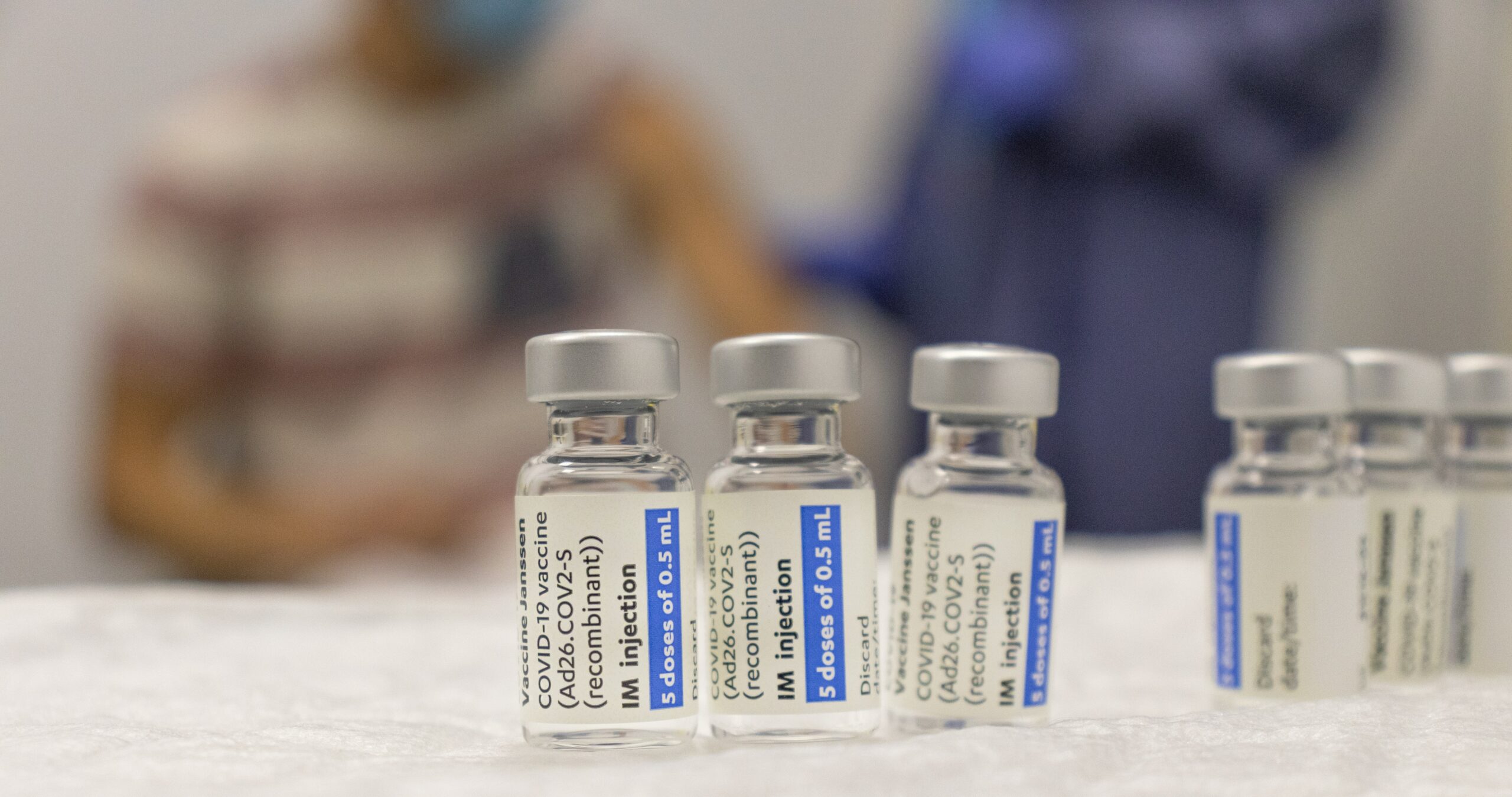In this new phase of the pandemic, the effectiveness of the administered vaccines continues to be analyzed and the need for booster doses for the most vulnerable people is debated. At the same time, research continues to go one step further in the fight against covid-19. Avoiding the transmission of the virus with new vaccines, or reducing it more than the current ones, would reduce infections and make the KO of the coronavirus closer.
New vaccines that prevent transmission
One of the most effective defenses is usually to attack where it hurts the most, avoiding reproduction in the upper respiratory tract from the beginning. For this reason, the development of nasal vaccines becomes a route of administration with numerous advantages.
As we mentioned in a previous article, the localized action of a nasal vaccine would allow, in addition to the development of systemic (total) defenses, to prevent the reproduction of the virus from the beginning of the infection.
In order to be administered through the nasal route, the vaccines must comply with exhaustive controls due to direct contact between the nasopharyngeal cavity and the central nervous system through the olfactory and trigeminal nerves. The blood-brain barrier is an effective protection against pathogenic substances and agents.
It is necessary to cross it for targeted therapies, for example, when treating neurodegenerative diseases and migraines. Small molecules do it, but you have to prevent what is not necessary from passing through it. If they are vaccines and they are large in size, it would be enough, but it must be controlled.
For this reason, this type of administration entails extra work.
Figure 1 – Schematic representation of the mechanisms of action of currently approved intramuscular vaccines and next generation nasal vaccines. Adapted by Nuria E. Campillo de Focosi et al (https://doi.org/10.3390/v14020187).
The so-called “sterilizing” vaccines generate immunity right where the virus enters: the mucous membranes of the nose. We review five of them, which employ different approaches to this difficult task.
1. The Mexican “Patria” vaccine
The most advanced is being developed in Mexico and has already passed phase I of clinical trials.
It is based on a recombinant virus that expresses the SARS-CoV-2 spike protein. The production method is the traditional one with which the flu vaccine is produced, with embryonated eggs.
The vaccine has been found to be safe and generates immunity when administered intramuscularly, and even better when a first dose is administered nasally and a second intramuscularly.
The other vaccines are still completing preclinical studies in animals.
2. The Spanish vaccine of Luis Enjuanes
The second of the vaccines is being developed in Spain in the laboratory of Luis Enjuanes (CNB-CSIC). It is conducting studies in macaques after successfully completing the studies in mice.
It is a synthetic emulation of the SARS-CoV-2 virus that lacks the parts that give it pathogenicity, and is being tested with intramuscular and nasal administration.
3. The French vaccine that protects the lungs
The one developed at the Pasteur Institute in France is proposed as a reinforcement of the intramuscular vaccine. It is a nasal vaccine based on a lentiviral vector that expresses the spike protein of the delta variant of SARS-CoV-2.
It has been administered to mice after two intramuscular doses of an RNA vaccine.
The results are very promising, observing great protection at mucosal level via IgA (mucosal-specific antibodies) and at the lung level via resident memory B and T cells.
4. The vaccine against all sarbecoviruses
The fourth, developed at Yale University in the US, consists of a nasal spray that contains the spike protein and is administered after an intramuscular vaccine.
As in the French study, in mice IgA is generated in the mucous membranes and resident B and T cells in the lungs. The difference is that no adjuvant or viral vector is needed and, in addition, it produces general immunity against any sarbecovirus (the family to which SARS-CoV-2 belongs).
5. The Texas Vaccine
The fifth vaccine is being developed at the University of Houston, USA, and consists of a nasal spray containing the SARS-CoV-2 spike protein and an adjuvant.
Like the two previous ones, it results in protection at the level of mucous membranes and lungs in mice:
Figure 2 – Operation of the nasal vaccine against SARS-CoV-2 that is being developed at the University of Houston, Texas (USA). Adapted by Matilde Cañelles based on the corresponding article.
In addition to these vaccines, there are many others that are already in the clinical phase (Table 1) using different platforms, such as adenovirus or attenuated virus. Other routes of administration besides the nasal route are also being studied, such as the subcutaneous or oral route:
Table 1 – Nasal vaccines against COVID-19 in clinical trials. Adapted from Focosi et al (https://doi.org/10.3390/v14020187) by Nuria E. Campillo.
With so many candidates, we hope that there will soon be several approved nasal vaccines and we can think not only about reducing hospitalizations and deaths, but about eradicating the virus. As was done at the time with smallpox, or almost has been done with polio. In this way we will end the dance of variations and waves that prevent us from planning our lives several months ahead.



